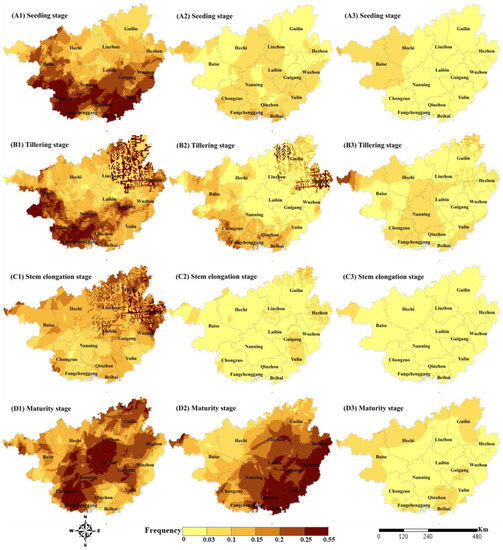Folks, let’s talk about what’s happening in Guangxi. Over 171,000 people are grappling with a serious drought, and frankly, this isn’t just a weather report – it’s a flashing red signal for investors and anyone paying attention to regional stability. We’re talking about 51,000 hectares of crops damaged, resulting in a direct economic hit of 180 million yuan. That’s real money, folks, and it’s impacting livelihoods now.
The regional government is responding – thankfully – with 17.5 million yuan in emergency funds dispatched to eight cities and 36 counties. While this is a necessary first step, let’s be clear: it’s a band-aid on a much larger wound.
Understanding Drought & Its Economic Ripple Effects:
Droughts aren’t simply about a lack of rain. They cascade through economies. Agricultural output plummets, driving up food prices and forcing reliance on imports.
Supply chains are disrupted, impacting downstream industries that depend on agricultural products. This type of shock can trigger inflationary pressures.
Water scarcity fuels social unrest and potential migration, creating instability. Investors hate uncertainty, and droughts deliver it in spades.
Finally, the long-term impact on land value and regional development is substantial. Consider this a wake-up call to diversify investment portfolios and assess climate risk in your regional analysis. This isn’t just about Guangxi, it’s about understanding the vulnerability of supply chains and agricultural hubs worldwide. We need to move beyond crisis management and towards proactive resilience building, and investors who do that will be the ones who thrive.




